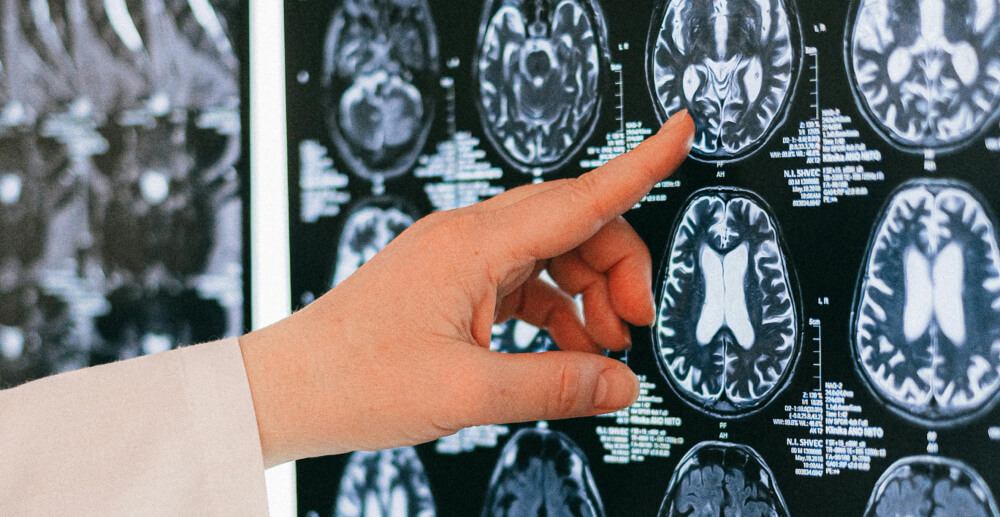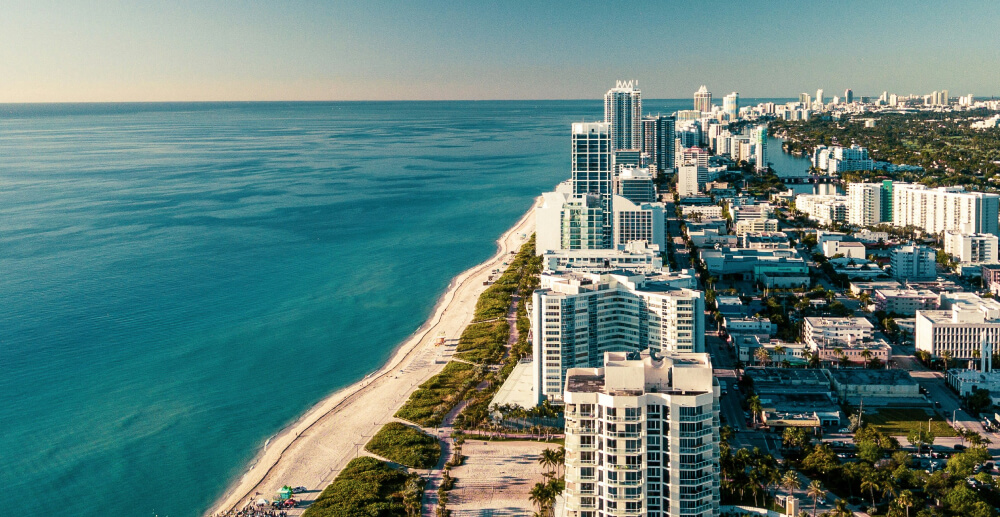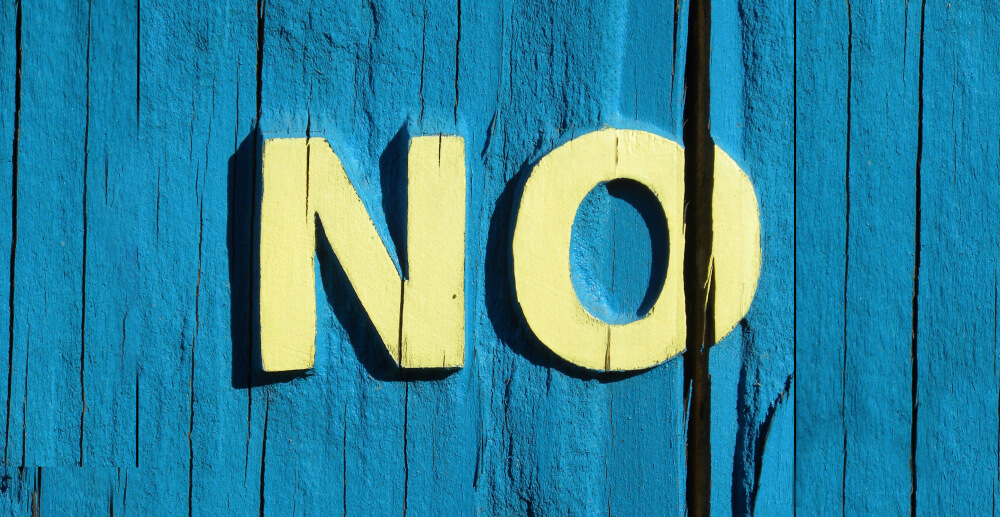Members of the LGBT+ community can find themselves relying on coping mechanisms like drinking to handle discrimination and harassment. So what happens when you get sober?
Many people in recovery from addiction talk about always feeling different from their peers. They found a sense of belonging and peace only through substance use.
For members of the LGBT+ community, these feelings can be magnified. Long-term experiences of discrimination and harassment or exposure to specific traumatic events can increase reliance on coping mechanisms like drinking. And internalized homophobia or transphobia can cause cognitive dissonance and discomfort. Gay bars and clubs promise fun, community, and safety, and many networking and social events within the LGBT+ community involve alcohol.
“Deciding to get sober felt like cutting the rope to an anchor that sometimes kept me safe but more often held me back.”
In my experience, deciding to get sober felt like cutting the rope to an anchor that sometimes kept me safe but more often held me back. Restructuring ways of spending time and developing new habits was a big task. Many friends had no idea how bad my use and my health actually were.
Years removed from the crises that first led me to sobriety, I can offer some suggestions to my queer peers. It’s important to build new networks and find new tools to help you reach your health and wellness goals. If you are part of the 12 Step recovery community, try an LGBT meeting. Look for resources to help you quit at LGBT community centers in your state. If you attend therapy, evaluate whether you are comfortable being open about all aspects of your life with the clinician you’re working with. At pride events, seek out dedicated sober spaces. Investigate whether medication like buprenorphine or naltrexone could be a tool for harm reduction that would help you meet your goals.
Most importantly, know that this is not something you have to do alone.








